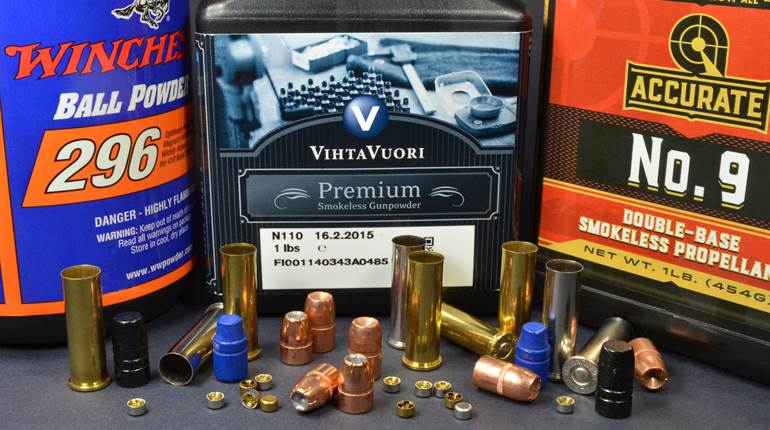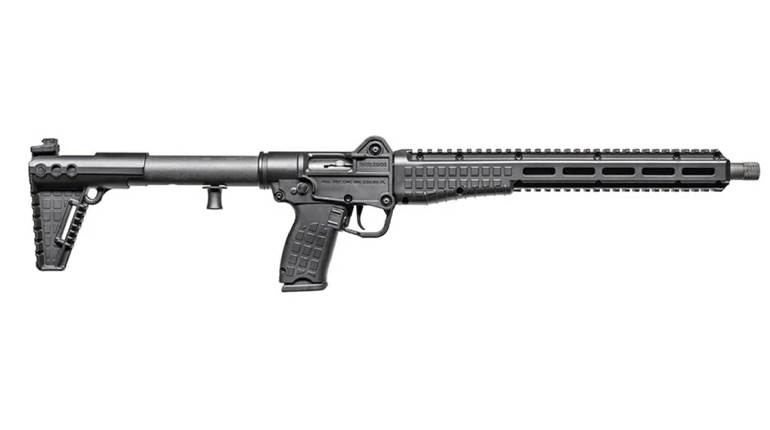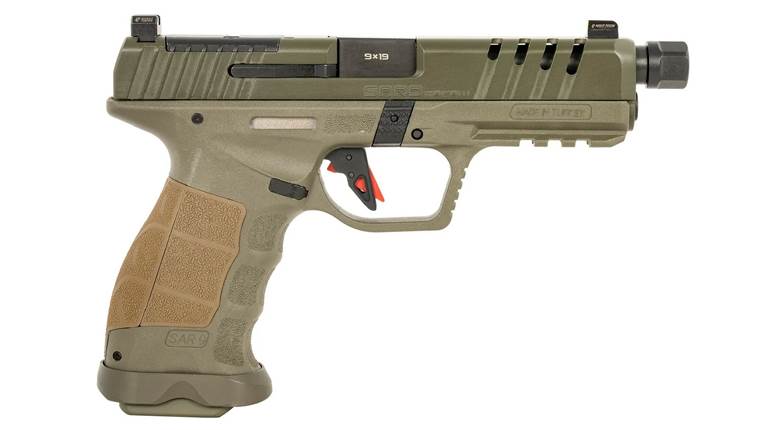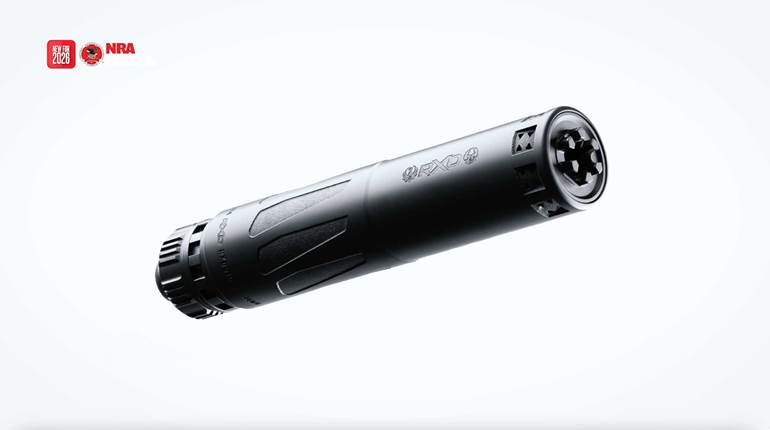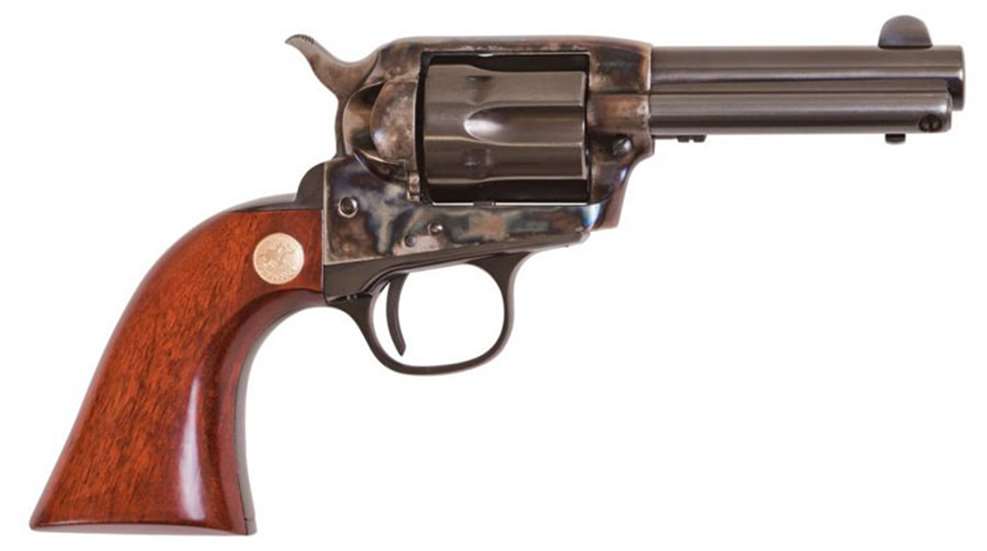
Not long ago, in a part of town not too far away, I walked into a local gun shop to meet with the gunsmiths on staff. While waiting my turn, I noticed a somewhat unusual single-action revolver being handled by the staff. It caught my eye because of its size. It looked to be a scaled-down version of the typical Pre-War frame replicas I've seen chambered in big-bore cartridges like the .45 Colt. I asked if I could take a look, and the staff member kindly obliged.
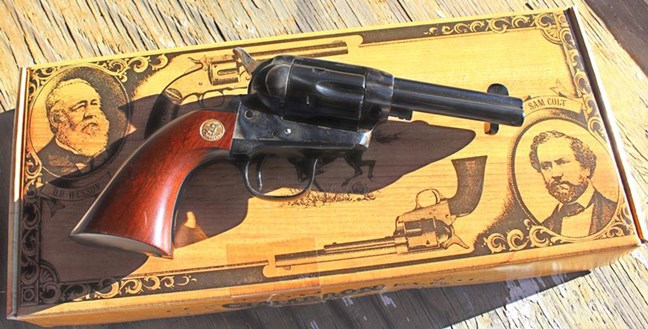
Personally, I believe single-action revolvers will never completely fade away because of their fantastic handling characteristics. I've held all kinds of handguns, but few of them point as naturally as this classic design. But this particular revolver was something special. It didn't just point well. Instead, it became an extension of my arm. Its grip shape, the weight and the balance made it feel like it just belonged there.
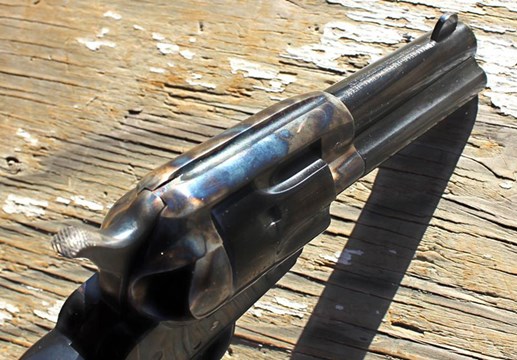
When I asked the staff about it, they explained that I was holding a Cimarron Model P Jr. with a relatively short 3.50" barrel and a six-shot cylinder chambered in .38 Spl. I've been aware of Cimarron's top notch Model P single actions for quite some time, but the Jr. version was something I hadn’t before heard of.
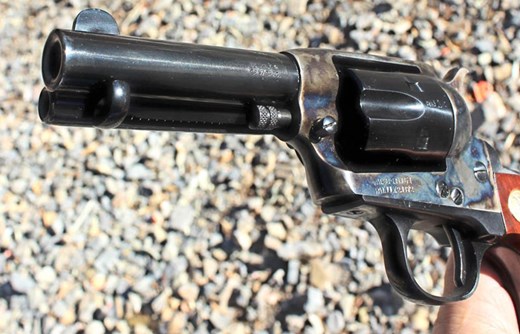
The Model P Jr., as the name implies, takes its design cues from the well-known Model P, which in turn is based on the famous Single Action Army. The grip frame is the same size as the Model P. but the rest of the revolver's dimensions have been reduced to fit medium and small calibers. Model options include a .22 LR/.22 Mag convertible, .32-20/.32 H&R Mag. convertible and .38 Spl. only with 3.50", 4.75" and 5.50" barrels. The rimfire version ships with a brass backstrap while the center-fire models are outfitted with blued steel. When I placed my request for a revolver to test, I stuck with the 3.50" .38 Spl. I held at the shop.
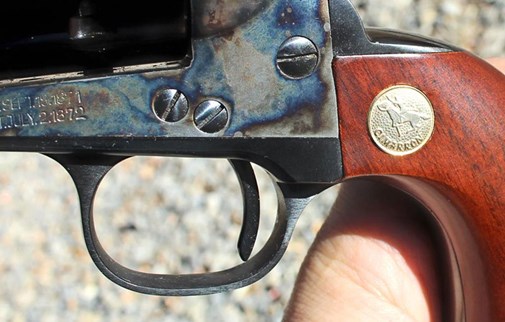
The round profile barrel, ejector, knurled cylinder pin and ejector housing are all constructed of polished blued steel, as is the fluted cylinder. The frame, hammer with textured spur and loading gate sport a handsome case-color hardened finish. The grip panels are smooth walnut with Cimarron medallions on both sides. Following typical 19th-century design, the rounded, fixed front sight blade is paired with a rear groove sight.
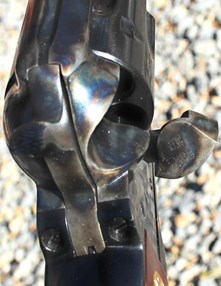
Because this is a single-action revolver, the hammer must be manually cocked for each shot. In this case, the firing pin is mounted inside the frame instead of directly to the hammer. The hammer has a total of four positions including fully forward (resting against the firing pin), locked back one click (just off the firing pin), half cock (cylinder spins for loading and unloading) and fully cocked (ready to fire).
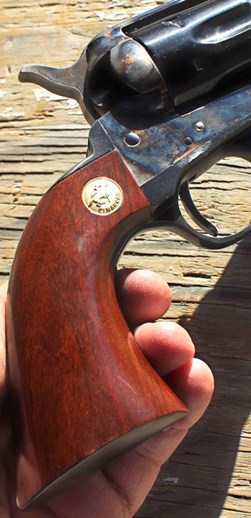
Unlike some modern single-actions, this gun does not have a transfer-bar safety. If the gun is going to be carried loaded, the simplest option is to carry it with an empty chamber under the hammer. Load one chamber, skip one chamber, and then load the remaining four chambers. When the loading gate is closed (and if you've been keeping track) the empty chamber will be under the hammer.
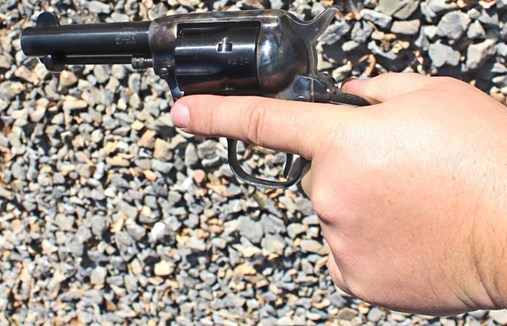
Because this is a Pre-War Model, there is the option of pressing the cylinder back into the frame one more notch. The tip of the cylinder pin will then block the firing pin from coming into contact with the primer of a live cartridge. However, I found the process of working the pin in and out of this second position to be less than intuitive.
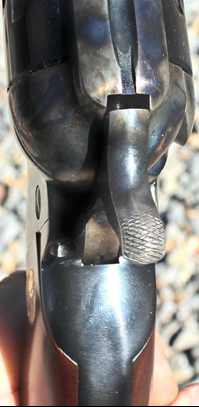
If I pulled too hard when adjusting the pin back into the “fire” position, it would slide cleanly out of the frame. This is what you want the pin to do when it's time to clean the gun, but it's not all that helpful when trying to fire. This is not a malfunction or indication that there's anything wrong with the gun, it’s purely a user-induced issue, like short-stroking a pump-action shotgun. While I'm sure other folks have mastered the subtleties of the Pre-War Pin-Push setting, I'm going to stick to the Empty Chamber Drop Safety approach.
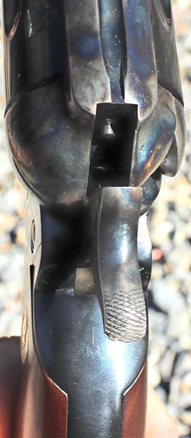
The time at the range with the Jr. was well spent. It handled just as well as I hoped it would. The hammer exhibited the crisp, clean clicks that are a distinctive feature of Pre-War revolvers. The single-action trigger had a smooth, creep free pull that broke at just 3 lbs. of trigger pull. It functioned flawlessly without any mechanical or ammunition related issues.
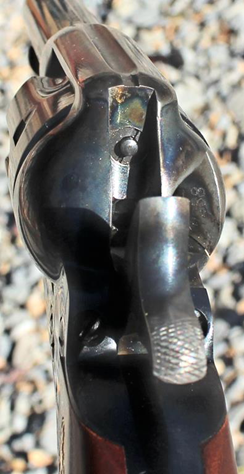
Chambering a classic revolver in .38 Spl. has some distinct advantages. It's a ubiquitous straight-walled cartridge, which is less expensive than some wheelgun calibers and is available in a wide variety of loads manufactured by companies around the world. Firing standard velocity practice and cowboy competition grade .38s produced modest levels of felt recoil, which can be comfortably managed by young, small framed or recoil-sensitive individuals as well as experienced enthusiasts who want to take a break from wrist stretching hand cannons for a while. In short, the fun factor was on par with some of my favorite rimfire pistols and handguns.
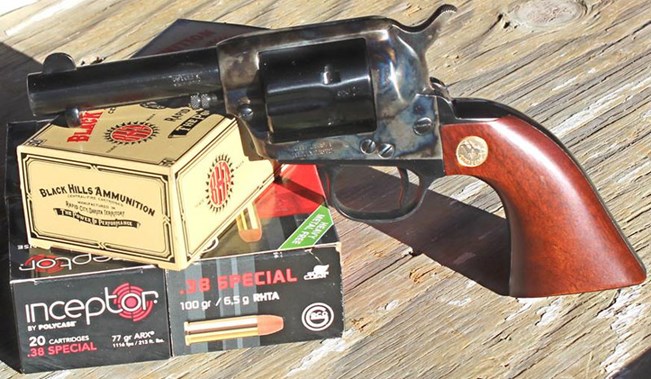
Formal accuracy testing was conducted at 15 yards from a bench rest. Geco Super Matrix 100-gr. frangible flat points printed a best single five-shot group of 2.41" with a five-group average of 2.58". Inceptor’s 77-gr. fluted poly-copper ARX yielded a best group of 2.29" with an average of 2.43". The tightest groups of the test were produced using Black Hills Cowboy Action 158-gr. conical lead loads with a best group of 1.94" and an average of 2.15".
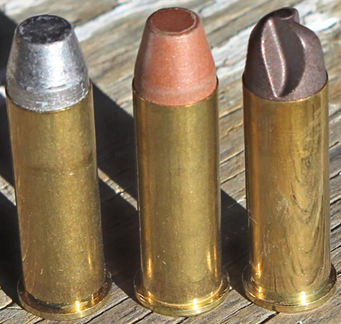
Cimarron's Model P Jr. is yet another of the company's finely crafted single-action revolvers, both pleasing to the eye and to the trigger finger. The revolver’s reduced frame size and shorter barrel give it excellent balance, while the .38 Spl. chambering is both comfortable and affordable to shoot. This revolver is an ideal intermediate revolver for those looking for a lighter wheelgun that produces less felt recoil without sacrificing either the aesthetics or enjoyable range time classic single-actions provide.
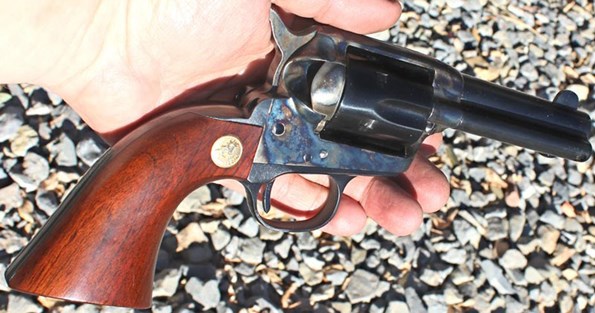
Specifications:
U.S. Distributor: Cimarron F.A. Co.
Manufacturer: Uberti (Italy)
Model: Model P Jr.
Action: Single-Action Revolver
Caliber: .38 Spl.
Receiver: Color-Case Hardened, Pre-War
Barrel: 3.5" Round Profile, Blued Steel
Ejector Housing: Blued Steel
Front Sight: Fixed Blade
Rear Sight: Fixed Notch
Cylinder: Fluted, Blued Steel
Grip Frame: Blued Steel
Grip Panels: Smooth Walnut
Trigger Pull: 3 lbs. (as tested)
Overall Length: 9”
Cylinder Width: 1.45"
Weight: 29.3 ozs. Unloaded
Capacity: Six Rounds
Accessories: Owner's Manual
MSRP: $687












